Search
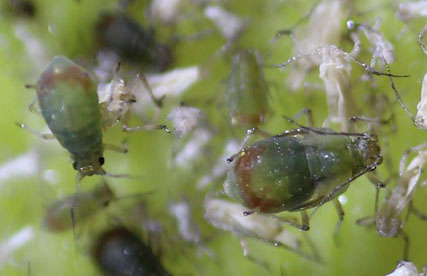
Scouting Winter Wheat for Aphid Pests
Although we cannot predict aphid pressure in winter wheat, there are measures that may be taken to reduce the risk associated with these insects.
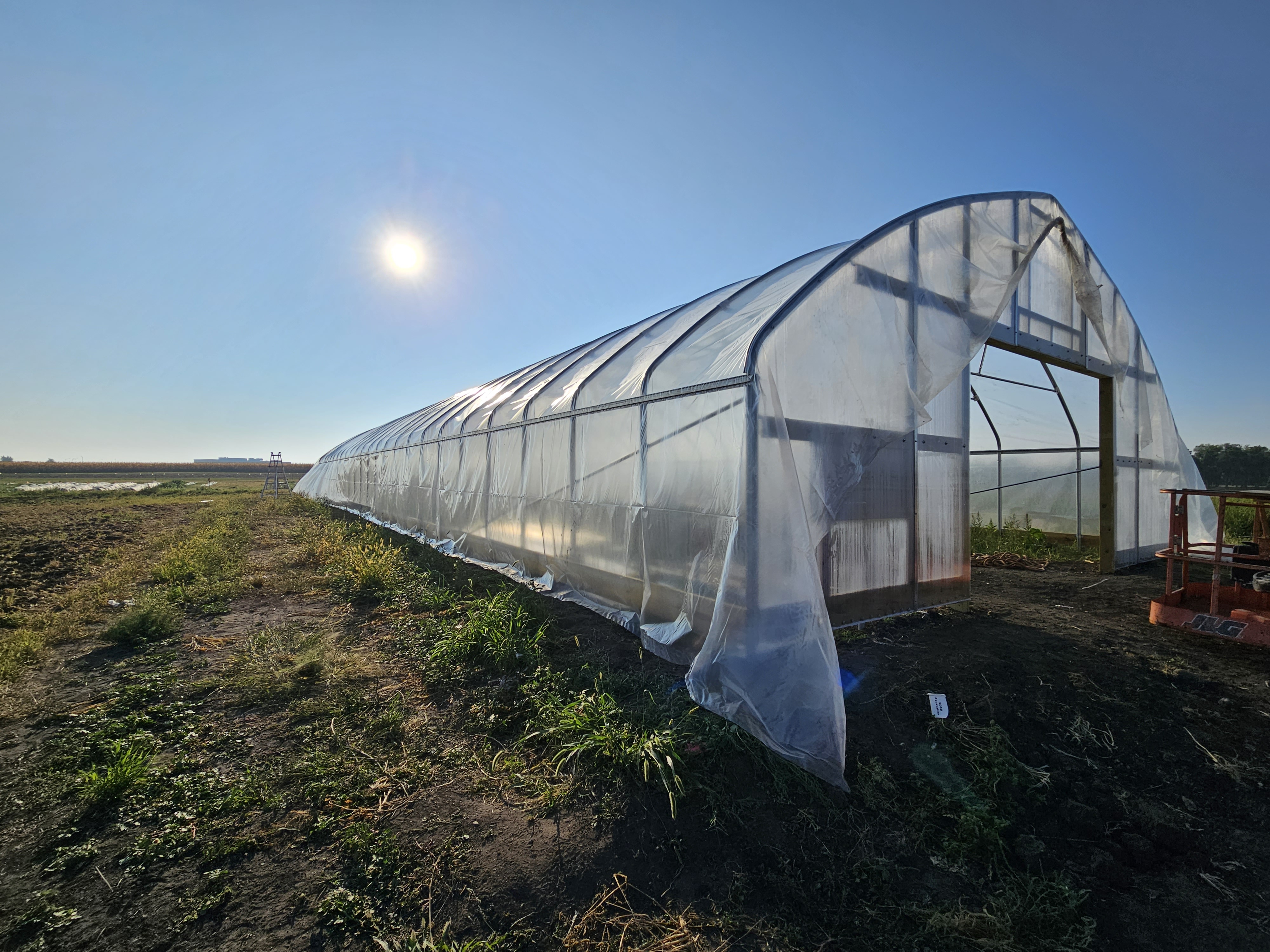
SDSU Extension hosts hands-on high tunnel build experience
April 23, 2024
South Dakota State University Extension is offering a four-day workshop, How to Build a High Tunnel, on May 7-8 and 14-15, 2024, from 9 a.m. to 4 p.m. each day. Registration is required, and space is limited.
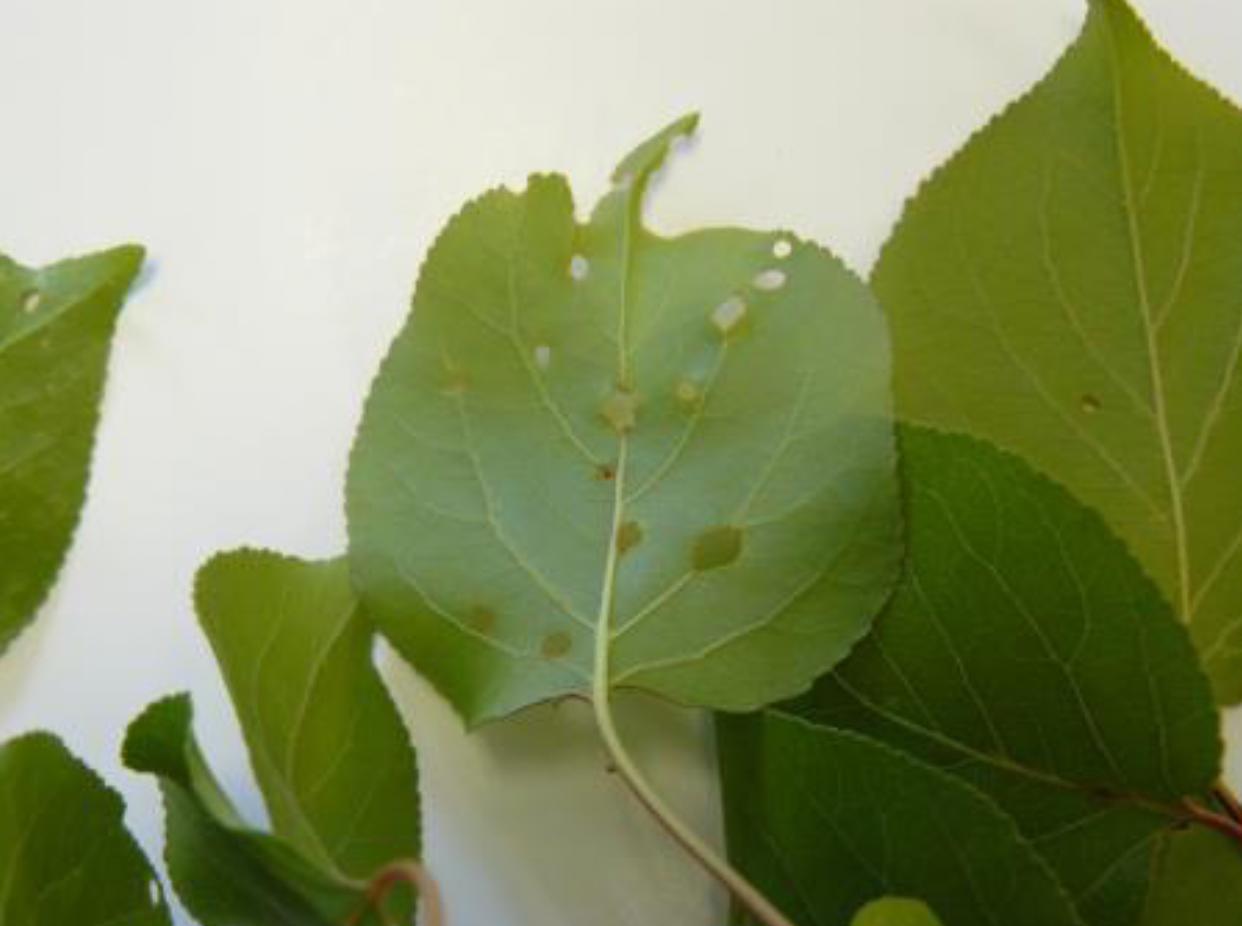
Shot Hole Disease in Apricots
Shot hole disease of apricot trees can be identified through symptoms on leaves and fruit. Small holes will appear on leaves while brown lesions with a deep purple band will show up on fruit.
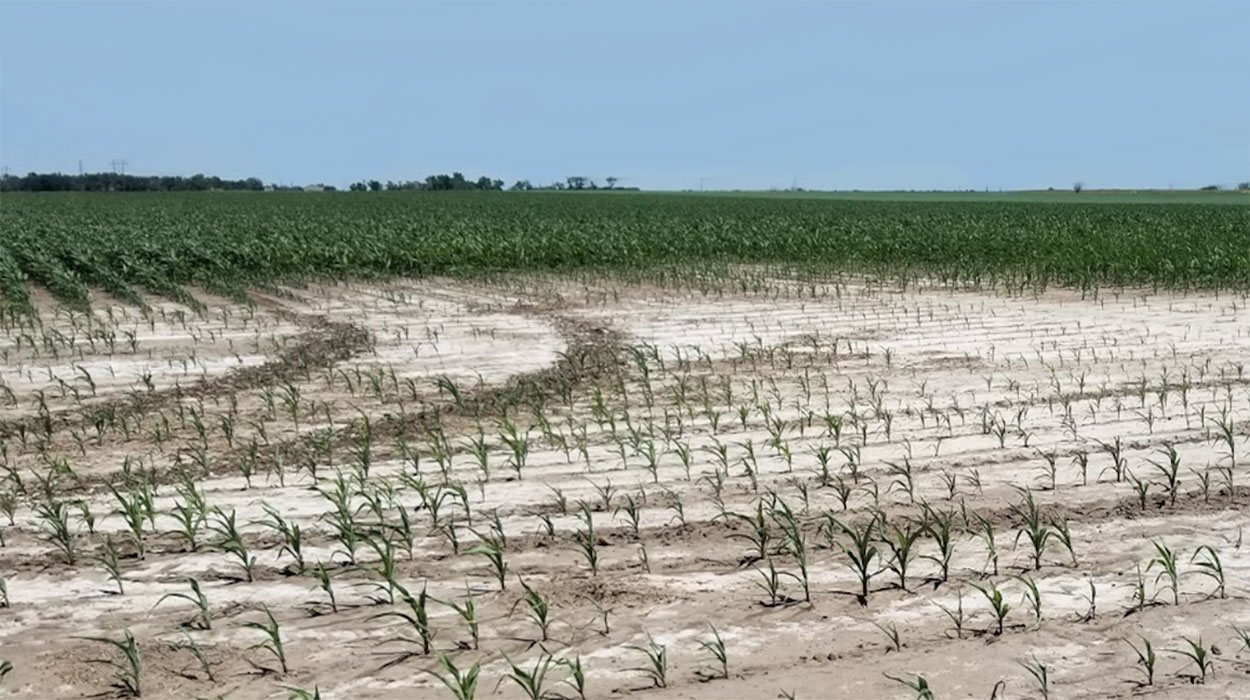
SDSU Extension hosting Every Acre Counts Bus Tour on Aug. 24
August 14, 2023
South Dakota State University Extension will host a bus tour on Aug. 24 highlighting precision agricultural strategies used by farmers to mitigate saline soils while also maximizing productivity and profitability.
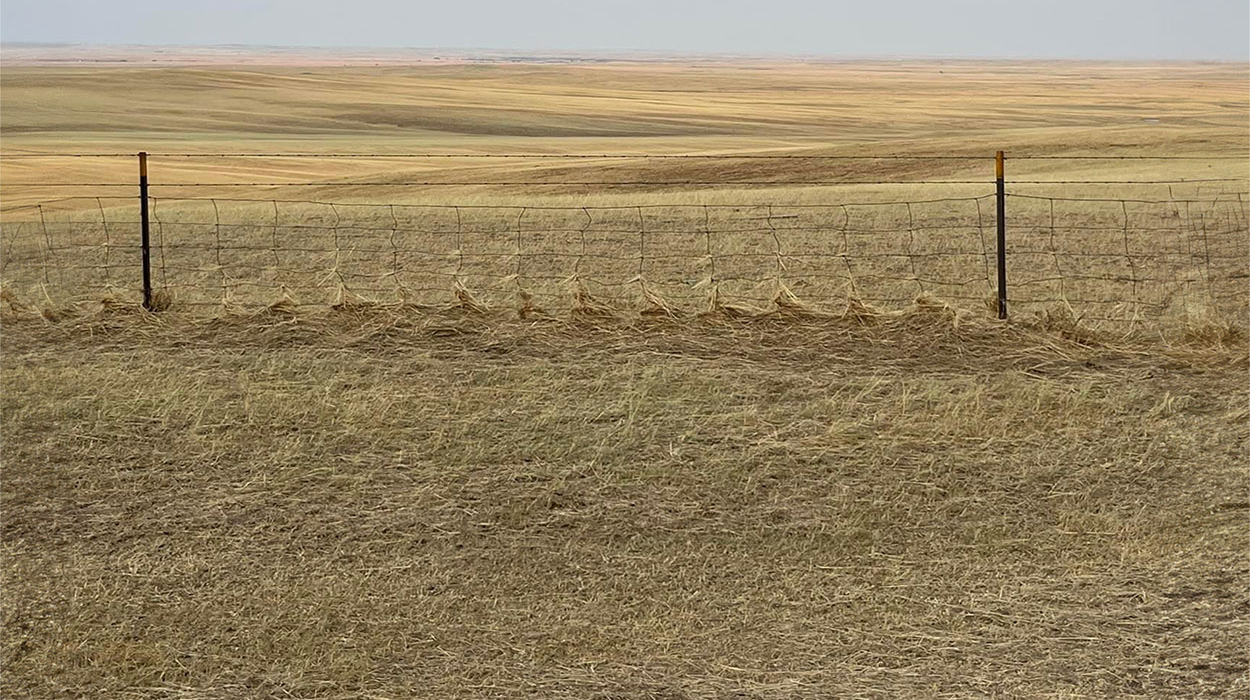
Pasture Recovery After Hail
When hail hits pastures, it essentially strips the leaves and breaks the stems of plants. When this occurs, it is essential to allow plants and grasses time to fully recover before grazing or haying again.
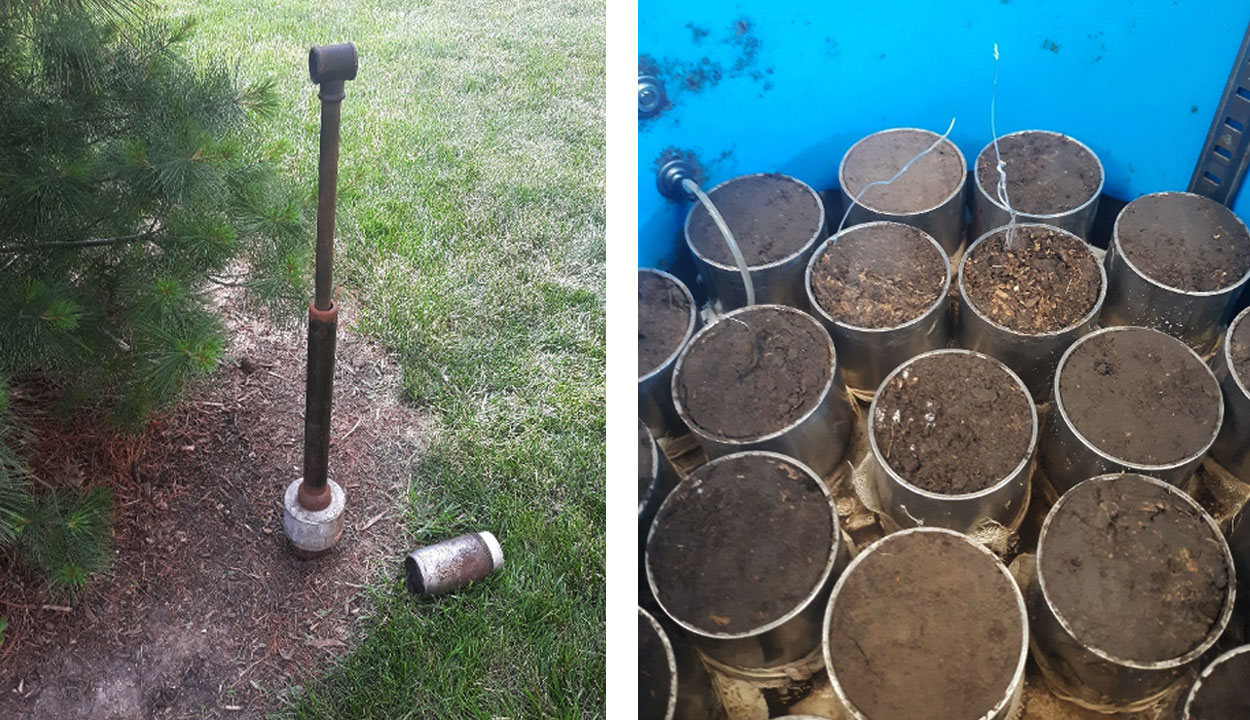
Bulk Density is an Indicator of Soil Health
Bulk density is a commonly measured soil property that can indicate how compacted a soil is and can be used to calculate the percent pore space in the soil.
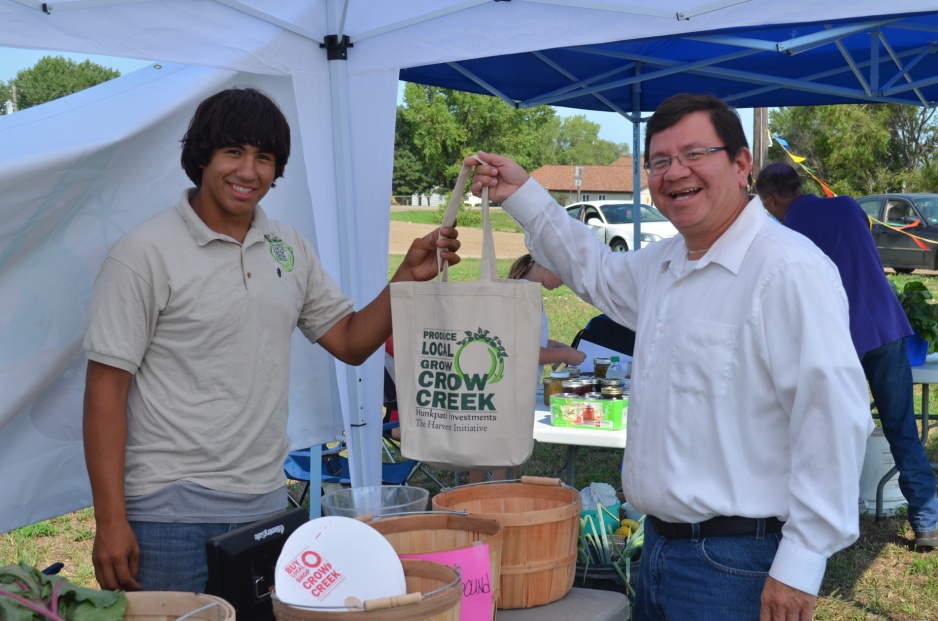
Native American Gardens
Learn more about Native American community garden projects throughout South Dakota and access helpful resources with information on starting up Native American community garden projects.
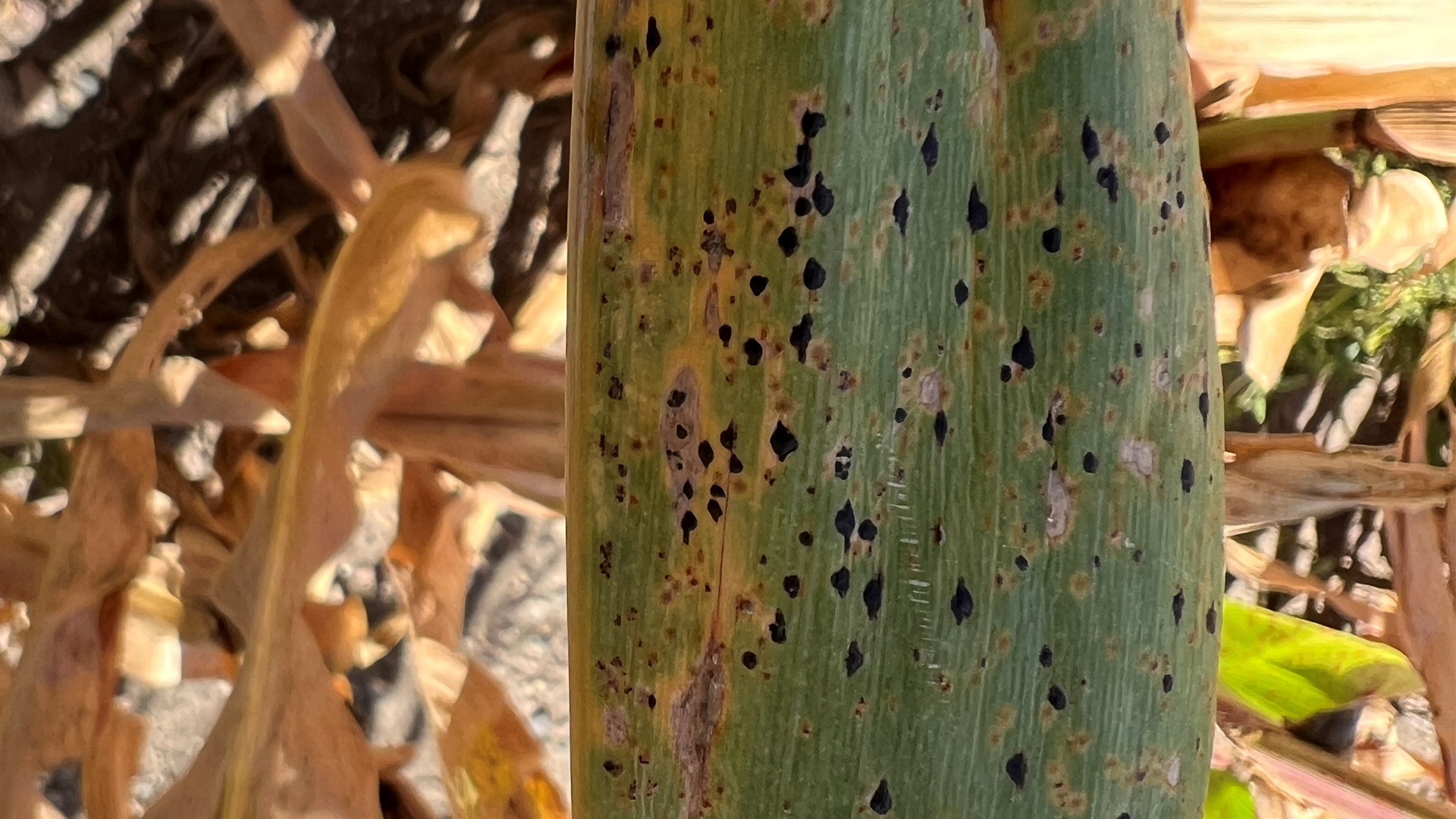
SDSU Extension to host tar spot webinar
January 24, 2025
Tar spot is a potentially yield-impacting corn disease that was confirmed in 46 of South Dakota’s 66 counties in 2024. The fungus can cling to crop residue over the winter and re-emerge once temperatures rise. It’s most commonly spread in South Dakota by wind-blown spores.

Instinct HL and Nitrogen Management Effect on Winter Wheat Yield
Nitrogen (N) additives to control N losses through volatilization, denitrification, and leaching are widely used in the Midwest. Slowing the conversion of nitrogen fertilizers to nitrate may lessen leaching and denitrification losses if precipitation or soil becomes saturated.
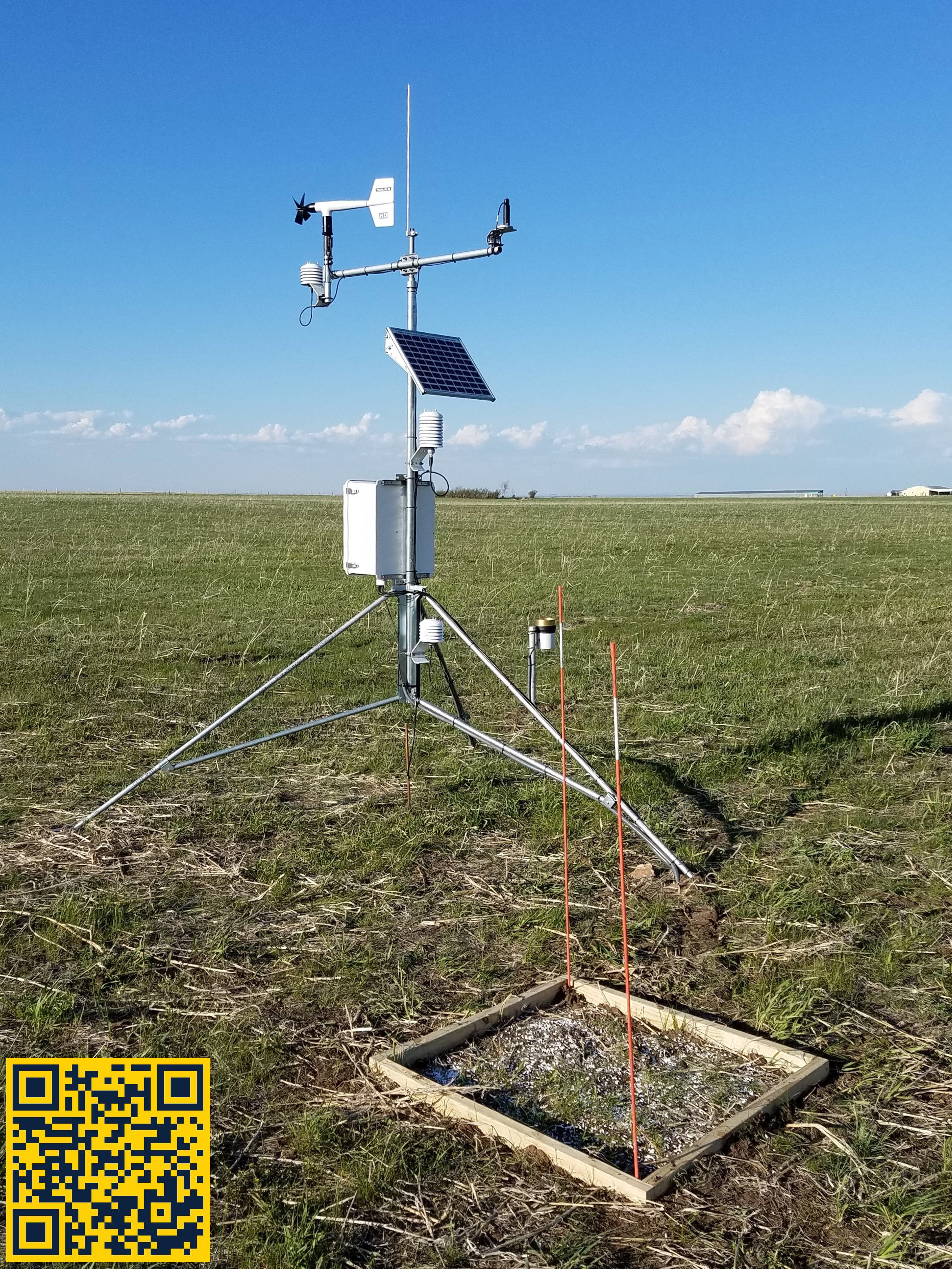
Climate and Weather
View resources to predict, prepare and recover from weather-related events year-round, including the latest drought and flood information.